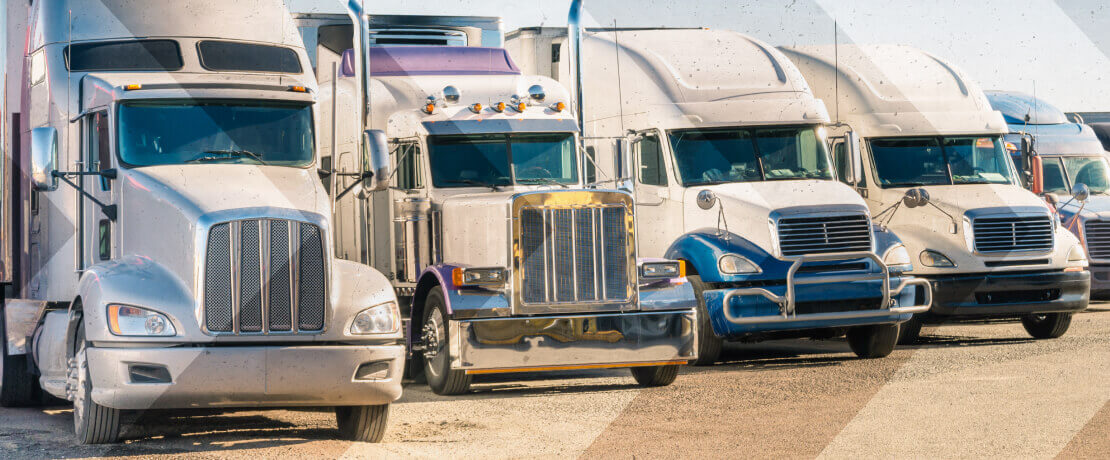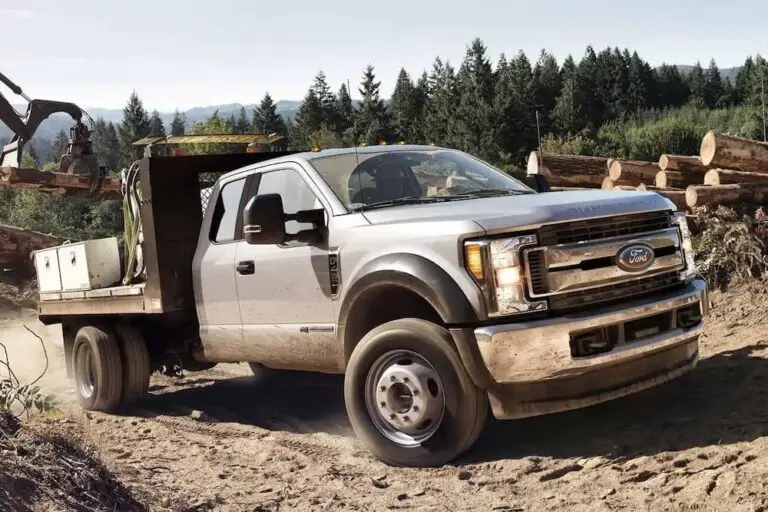When shipping goods, a flatbed truck is ideal for oversized or irregularly shaped items, providing easy loading and unloading. In contrast, a dry van offers secure enclosed transportation for palletized or boxed cargo, protecting it from the elements.
These two types of trucks cater to different shipping needs, and choosing between them depends on the specific requirements of the freight. Understanding the key differences and benefits of each can help shippers make informed decisions to ensure the safe and efficient transportation of their goods.
Flatbed trucks and dry vans are the two main options available for transporting goods, each with its own set of advantages and limitations. Whether dealing with large equipment or smaller boxed items, selecting the appropriate trucking option is crucial for the successful delivery of freight.

Credit: www.youtube.com
Navigate As You Want: [show]
1. Purpose Of Flatbed And Dry Van Trucks
Flatbed trucks and dry van trucks serve different applications in the transportation industry, each offering unique advantages.
Flatbed trucks are commonly used for transporting oversized and irregularly shaped items such as construction materials, machinery, and large equipment. On the other hand, dry van trucks are ideal for transporting goods that need to be protected from weather conditions and theft, such as electronics, furniture, and packaged goods.
Flatbed trucks provide convenience and flexibility as they allow for loading and unloading from all sides. They are suitable for carrying heavy and bulky loads that cannot be accommodated by traditional enclosed trailers. Additionally, they are well-suited for transporting construction materials to and from job sites.
Dry van trucks provide secure and enclosed transportation, protecting goods from damage due to weather elements and theft. They offer convenience as they can be easily loaded and unloaded using loading docks. Moreover, dry van trailers are more aerodynamic, resulting in better fuel efficiency compared to flatbed trucks.

Credit: truckstop.com
2. Construction And Design
Flatbed truck design: Flatbed trucks are designed with an open trailer, allowing for easy loading and unloading of oversized or irregularly shaped cargo. Typically, they lack sides and a roof, providing maximum flexibility for transporting a wide variety of goods.
Dry van truck design: On the other hand, dry van trucks feature a fully enclosed trailer, providing protection from the elements. Their design is ideal for transporting dry goods, electronics, and other items that require shelter from weather conditions.
3. Cargo Capacity And Limitations
Flatbed trucks have versatile cargo capacity, allowing for the transportation of goods of varying shapes and sizes. The open nature of flatbed trucks makes them suitable for oversized items such as machinery and construction materials. Conversely, dry van trucks offer enclosed cargo space, providing protection from the elements and added security. However, their fixed dimensions limit their capacity for large or irregularly shaped items. Both types of trucks have specific limitations; flatbed trucks require additional equipment for securing cargo, while dry van trucks may not accommodate certain oversized items due to their enclosed structure.

Credit: blog.drive4ats.com
4. Loading And Unloading Process
The loading and unloading process differs for flatbed trucks and dry van trucks.
4.1 Loading And Securing Cargo On A Flatbed Truck
Loading and securing cargo on a flatbed truck requires careful planning and adherence to safety regulations. Cargo should be properly secured using straps, chains, or binders to prevent shifting during transportation. It is important to distribute the weight evenly and secure any loose items to avoid damage or accidents.
4.2 Loading And Unloading Cargo In A Dry Van Truck
Loading and unloading cargo in a dry van truck is more straightforward compared to flatbed trucks. The cargo is loaded through the rear doors of the trailer, making it easier to protect from weather conditions. However, proper stacking and organization of cargo is essential to maximize space utilization and prevent damage during transportation.
5. Cost And Efficiency
5.1 Cost comparison of flatbed and dry van trucks:
When comparing the cost of flatbed and dry van trucks, several factors come into play. One major consideration is the initial purchase price. Flatbed trucks tend to have a higher upfront cost due to their specialized nature and additional equipment required. On the other hand, dry vans are more widely available and generally have a lower purchase price.
Moreover, the cost of maintenance and repairs should also be taken into account. Flatbed trucks may require more frequent maintenance due to the wear and tear caused by loading and unloading cargo. Dry vans, on the other hand, typically have a simpler design, resulting in lower maintenance costs.
Additionally, fuel efficiency is a significant cost consideration. Flatbed trucks often have lower fuel efficiency due to factors like wind resistance. In contrast, dry vans have a more aerodynamic design, resulting in improved fuel efficiency.
5.2 Factors impacting efficiency:
Efficiency is influenced by various factors in both flatbed and dry van trucks. Payload capacity is a critical consideration. Flatbed trucks offer more flexibility in terms of cargo size and weight, allowing for the transportation of oversized or bulky items. Dry vans, however, have a more standardized design and limited space, which limits their versatility.
Other factors, such as loading and unloading time, play a crucial role in overall efficiency. Flatbed trucks require more time and manpower to secure and unload cargo, whereas dry vans have a streamlined loading and unloading process.
In conclusion, the cost and efficiency of flatbed and dry van trucks depend on several factors, including the initial purchase price, maintenance costs, fuel efficiency, payload capacity, and loading/unloading time. Understanding these factors is vital in choosing the most suitable option for your transportation needs.
Frequently Asked Questions On Flatbed Truck Vs Dry Van
What Is A Flatbed Truck Used For?
A flatbed truck is commonly used for transporting large and heavy loads that cannot fit in enclosed trailers. It provides an open platform without a roof or sides, allowing for flexible loading and unloading of various cargo types such as construction equipment, machinery, and oversized items.
What Is A Dry Van Used For?
A dry van, also known as a box trailer, is a fully enclosed trailer used for shipping general freight. It offers protection from the elements and keeps cargo secure and safe during transportation. Dry vans are commonly used for transporting items that do not require special handling or temperature control.
What Are The Advantages Of Using A Flatbed Truck?
Using a flatbed truck offers several advantages. Its open design allows for easy loading and unloading of cargo from any side, making it ideal for oversized or irregularly shaped items. Additionally, it provides more flexibility in terms of cargo size and weight, compared to enclosed trailers like dry vans.
What Are The Advantages Of Using A Dry Van?
Dry vans have several advantages for transporting goods. They provide complete protection against weather conditions, ensuring that cargo remains dry and undamaged. Additionally, their fully enclosed design offers better security as the cargo is not visible from the outside. Dry vans are also compatible with loading docks, making the loading and unloading process more efficient.
Conclusion
When choosing between a flatbed truck and a dry van for transporting cargo, understanding the key differences is essential. While flatbed trucks offer versatility and the ability to transport oversized items, dry vans provide security and protection for fragile goods.
Each option has its own advantages and limitations, so it is important to carefully consider the specific requirements of the cargo being transported. Ultimately, selecting the right option will ensure efficient and safe transportation of goods for businesses.





